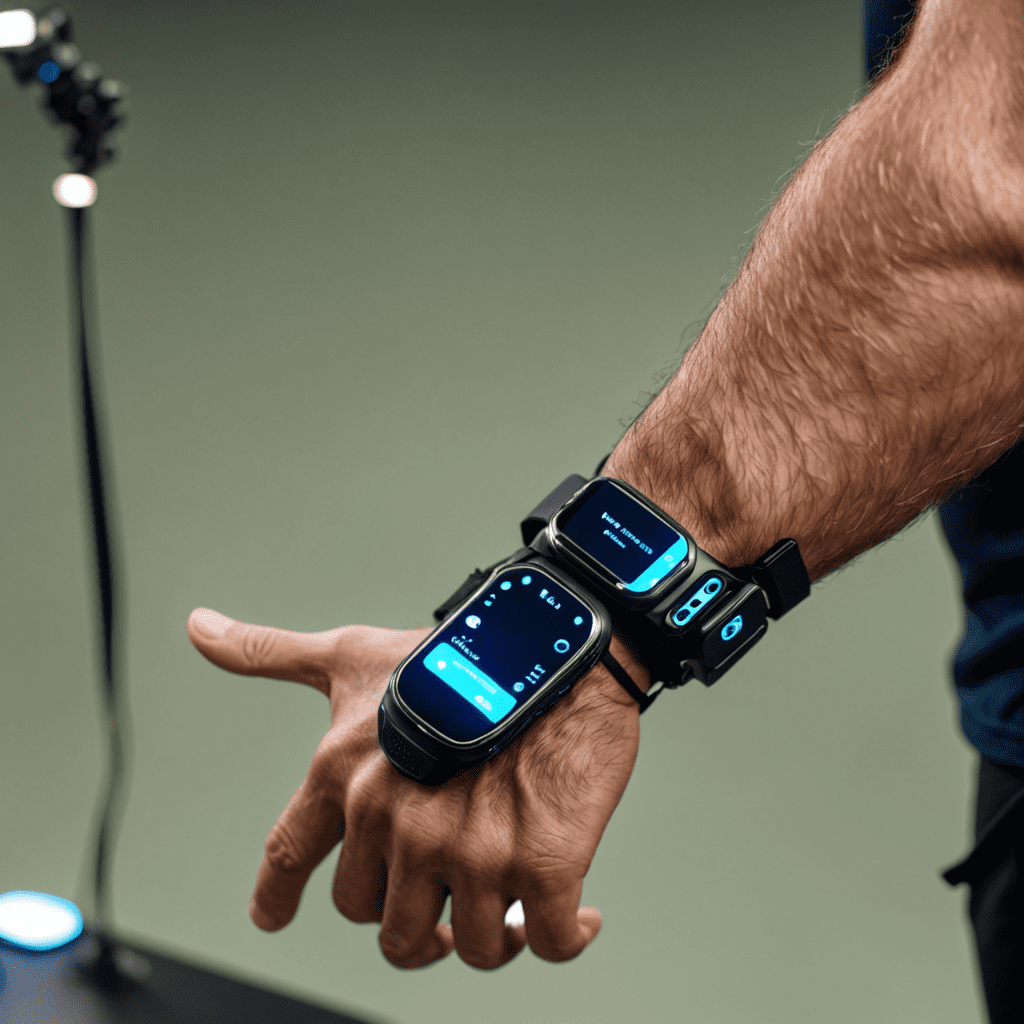Wearable Tech and Smart Prosthetics: Enhancing Functionality for Amputees
In recent years, advancements in wearable technology and smart prosthetics have significantly improved the functionality and quality of life for individuals with limb loss. From advanced sensors to intuitive control systems, these innovations offer amputees enhanced mobility, comfort, and independence.
1. The Evolution of Prosthetics
Prosthetic limbs have come a long way from basic wooden constructions to sophisticated, customizable devices that mimic the movements of natural limbs. With the integration of cutting-edge materials and technologies, modern prosthetics offer increased durability, flexibility, and comfort for users.
2. Smart Prosthetics and Wearable Sensors
Smart prosthetics are equipped with sensors that can detect muscle movements, pressure, and even temperature changes. These sensors enable users to control their prosthetic limbs more intuitively, leading to smoother and more precise movements.
3. Responsive Feedback Systems
Advanced prosthetics now feature feedback systems that provide users with real-time information about their prosthetic’s position and function. This immediate feedback allows for quicker adjustments and enhances overall user experience.
4. Integration of Artificial Intelligence
Artificial intelligence plays a crucial role in smart prosthetics by analyzing user movements and adjusting the prosthetic’s settings accordingly. This personalized approach optimizes comfort and functionality, making the prosthetic feel more natural and responsive to the user’s needs.
5. Connectivity and Customization
Many smart prosthetics can be connected to mobile devices or computers, allowing users to fine-tune settings, track their progress, and receive software updates. Customization options such as adjustable grips and different activity modes cater to individual preferences and lifestyle needs.
6. Improved Comfort and Longevity
Wearable tech advancements have led to prosthetic designs that prioritize comfort, reducing skin irritation and enhancing overall wearability. Additionally, the use of durable materials and innovative construction techniques ensures the longevity of the prosthetic, minimizing the need for frequent replacements.
7. Enhancing Quality of Life
By merging wearable technology and smart prosthetics, amputees can experience a significant improvement in their quality of life. Increased functionality, comfort, and ease of use empower individuals to regain independence and participate more fully in daily activities and hobbies.
Understanding Wearable Tech and Smart Prosthetics
What are Wearable Tech and Smart Prosthetics?
Wearable tech refers to electronic devices that can be worn on the body, such as smartwatches or fitness trackers. Smart prosthetics are advanced artificial limbs that incorporate technology to enhance functionality for individuals with limb loss.
How do Smart Prosthetics Enhance Functionality for Amputees?
Smart prosthetics use sensors, microprocessors, and actuators to mimic natural limb movements, providing better mobility and control. They can adjust grip strength, monitor user activity, and adapt to different tasks in real-time, improving overall functionality for amputees.
What Benefits Do Wearable Tech and Smart Prosthetics Offer?
These technologies offer increased independence, improved quality of life, and enhanced physical capabilities for individuals with limb loss. They enable users to perform daily tasks with ease and participate in various activities, ultimately enhancing their overall well-being.



